

|
|
|


|
|
1/10 Scale Electric Formula One Car:
Kyosho Williams Renault FW14 - 4215
|
Released by Kyosho in 1992, the Williams Renault FW14 Formula 1 Racing Car - # 4215 - was based on the car driven by Nigel Mansell and Riccardo Patrese in the 1991 F1 Championship, finishing a creditable 2nd in the Constructors' Championship with one hundred and twenty five points. The following year, with the FW14B version of the car, Nigel Mansell won his only Drivers Championship title.
The unassembled kit came with an unpainted polycarbonate Bodyshell, a Le-Mans 05 Motor, and molded plastic Wheels with foam tires. A Radio System, ESC, Battery and Charger to be purchased separately.
Now considered rare, all the early 1990s Kyosho F1 RC models are much sought after by ardent collectors the world over.
Check out our Kyosho Archive for other F1 models.
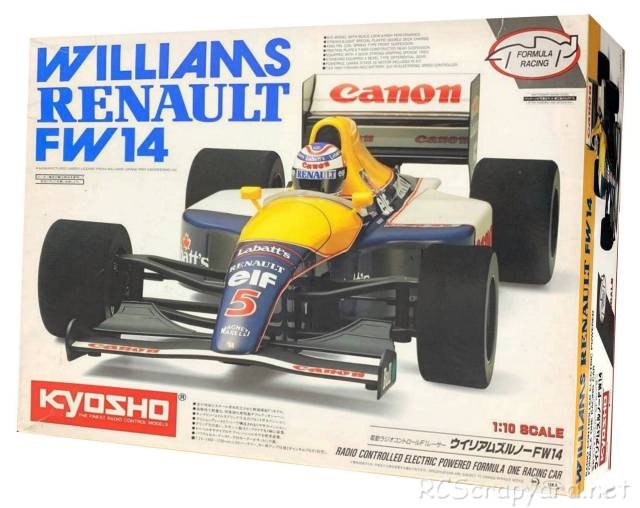
The new version of the 2WD model is based on a molded plastic double deck chassis, with flexible rear T-Bar, un-damped central coil spring with friction plate damping, front coil spring over king-pin, A-arm wishbone suspension, a gear type differential, fixed rear axle and bushings, that after a short while, when dust and grit get into them, can abrade the metal axle that spins in them. If you are building this kit to race seriously these should be replaced by steel ball bearings ASAP.








|
|
|

★ Kyosho Williams Renault FW14 - 4215 ★
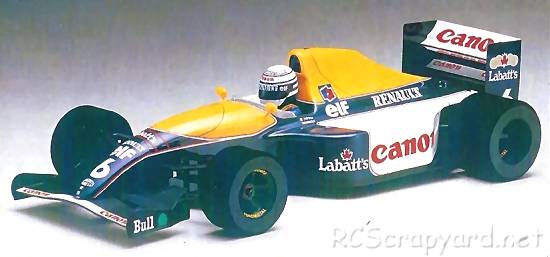
★ Williams Renault FW14 ★
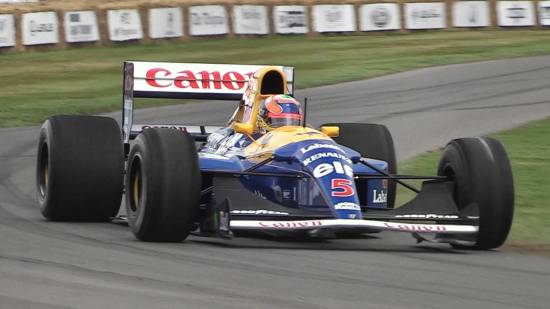
★ Kyosho Williams Renault FW14 - Chassis ★
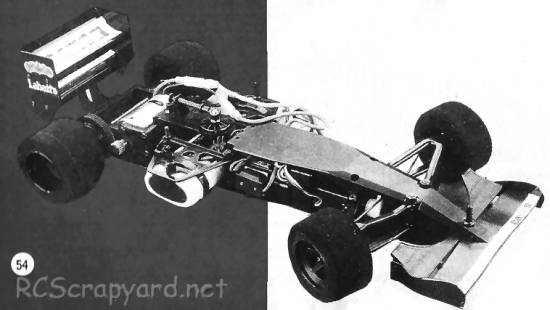
★ Kyosho Williams Renault FW14 - Chassis ★
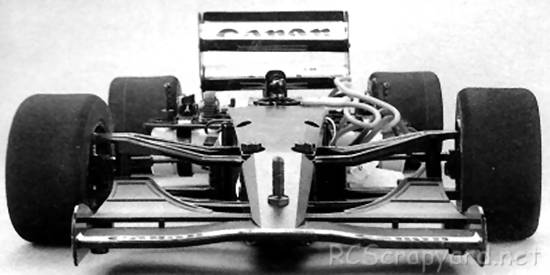
★ Kyosho Williams Renault FW14 - Chassis ★
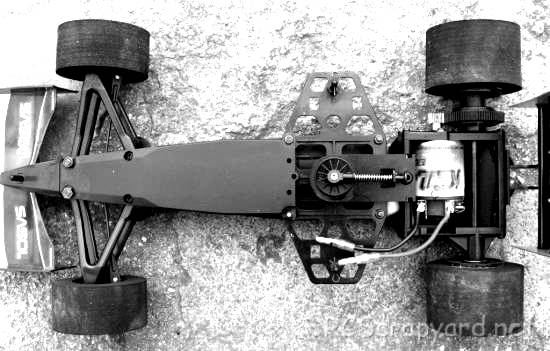
★ Kyosho Williams Renault FW14 - Chassis ★
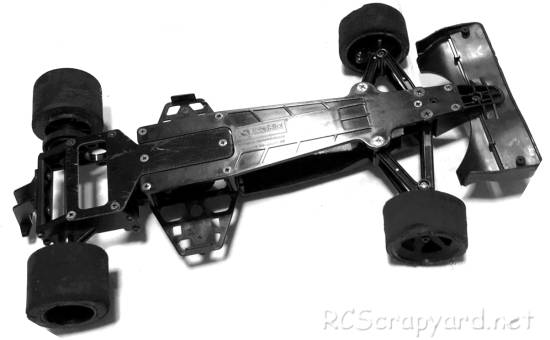
★ Kyosho Williams Renault FW14 - Chassis ★
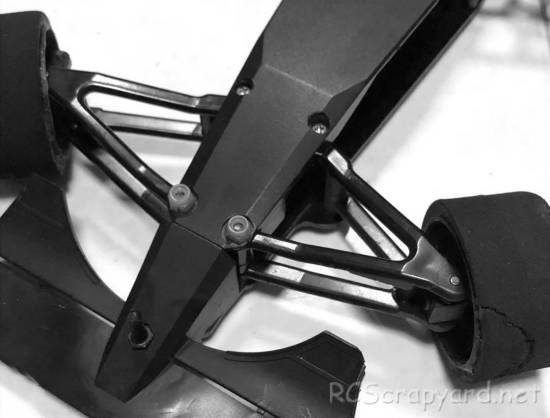
★ Kyosho Williams Renault FW14 - Chassis ★
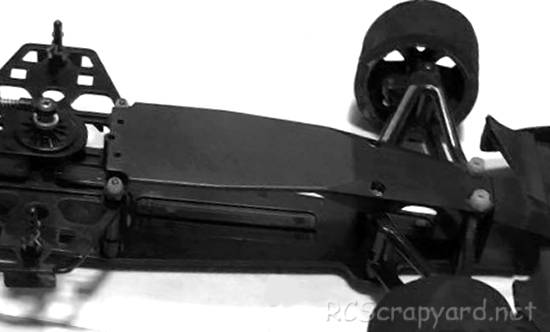
★ Kyosho Williams Renault FW14 - Chassis ★
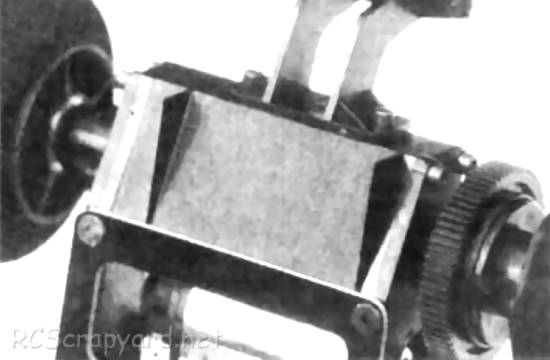
|
Buying a Used Radio Controlled Model
|
|
Manufacturers and Brands Catalogued, Listed and Reviewed by RC-Scrapyard.
At present, the RC Model Manufacturers, Brands and Distributors covered by us are: ABC Hobby, Academy, Acme Racing, Agama Racing, Amewi, Ansmann Racing, ARRMA, Team Associated, Atomic RC, Axial, AYK, Bolink, BSD Racing, Capricorn, Carisma, Carson, Caster Racing, Cen, Corally, Custom Works, Durango, Duratrax, ECX - Electrix, Exceed RC, FG Modellsport, FS-Racing, FTX, Fujimi, Gmade, GS-Racing, Harm, HBX, Helion, Heng Long, Himoto Racing, Hirobo, Hitari, Hobao, Hong-Nor, Hot Bodies, HPI, HSP, Intech, Integy, Jamara, JQ Products, Kawada, Kyosho, Losi, LRP, Maisto, Mardave, Marui, Maverick, MCD Racing, Megatech, Mugen, New Bright, Nichimo, Nikko, Nkok, Ofna, Pro-Pulse, Protech, PTI, RC4WD, Redcat Racing, RJ-Speed, Robitronic, Schumacher, Seben, Serpent, Smartech, Sportwerks, Step-Up, Tamiya, Team-C Racing, Team Magic, Thunder Tiger, Tomy, Top Racing, Traxxas, Trinity, Tyco, Vaterra RC, Venom, VRX Racing, WLToys, X-Factory, Xmods, Xpress, Xray, XTM, Yankee RC, Yokomo, ZD Racing and Zipzaps. |
|
Hints, Tips and Information
Wheel Caster Explained
Caster is basically the angle the steering kingpins or steering pivot points, leans back in relation to the horizontal when viewed from the side of the chassis. |
|
Hints, Tips and Information
Choosing the right Tire Inserts
Once upon a time, all RC model tires were equal - they were all trash. None of the old tires had any kind of internal support, because the hard compound they were made of didn't need it. But that was before the newer soft compounds were developed. These new tires were so soft that if some kind of insert was not used they would just lay flat under the weight of the car. Thus, the new science of tire inserts was born. Inserts for Off-Road Tires
The basic soft foam inserts that come with many off-road rubber tires can be in one of two types. They can be basic rings of sponge, or the cheap and nasty strips of sponge. Many of the latest foam inserts now come pre-shaped, but more than often, they will need some work done to them before they are inserted into the tires. |
|
RC Models:
|
Radio & Motors: |
Other
Accessories: |